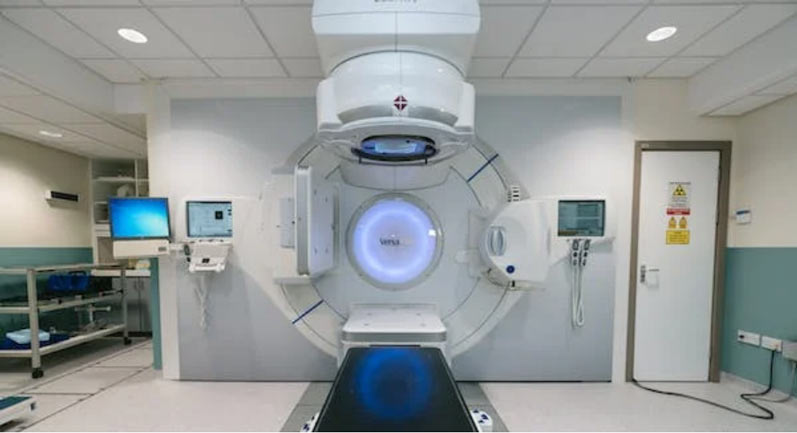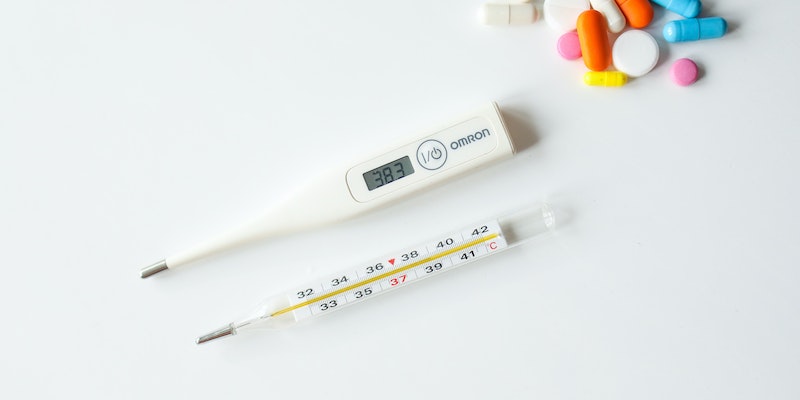
The American Association for Cancer Research (AACR) has released positive cancer figures for the US. Cancer deaths fell 2.3% year from 2016 to 2019. This is impressive and shows how cancer research and treatment are progressing.
The AACR's annual Cancer Progress report shows that cancer patients are surviving and living healthier, happier lives. Over 18 million Americans had survived cancer as of January 2022, demonstrating this improvement.
Timothy Yap, MBBS, PhD, a respected member of The University of Texas MD Anderson Cancer Center and AACR's Cancer Progress Report Steering Committee, gave Health a positive outlook. He noted that age-adjusted cancer death rates in the U.S. had fallen since the early 1990s. Cancer deaths decreased by 3.5 million between 1991 and 2019.
Reasons for Cancer Death Decline
Dr. Wally Curran, Genesis Care's worldwide chief medical officer and radiation oncologist, explains why cancer mortality is decreasing. He notes the considerable decrease in cancer-causing environmental components.
Dr. Curran credits public health campaigns for reducing tobacco smoking, a major cause of cancer. He is supported by CDC data showing that U.S. cigarette smoking dropped from 20.9% in 2005 to 12.5% in 2020.
Lifestyle modifications aren't the only factor. The medical community's advances matter. Cutting-edge surgical, radiation, imaging, screening, and pharmaceutical innovations all contribute. In recent years, immunotherapies have changed the game.
Medical science has improved cancer treatment with technology. Focusing on the proper diagnostics, effective treatments, and tailored care plans, the goal is to give every patient the best care available, regardless of background or health.
Enhancements in Cancer Screening and Treatment

The fight against cancer has seen significant strides in recent years. Groundbreaking advancements in treatment methods have brought new hope to many, especially for patients with historically challenging cancers such as melanoma and lung cancer.
Immunotherapies and Their Impact on Cancer Care
Cancer treatment has made "immunotherapy" associated with optimism and innovation. Dr. Curran stresses that immunotherapies have changed cancer care during the past decade.
Exactly what are immunotherapies? Their main goal is to boost the body's immune system. Immunotherapies boost the body's ability to find and kill cancer cells, says Dr. Yap.
Dr. Curran uses a simple analogy: the immune system activates to avoid infection when a thorn penetrates the skin. Cancer secretly suppresses this immune response, fooling the body into not fighting malignant cells. As Dr. Curran notes, current immunotherapies release cancer's "brakes" to allow the immune system to aggressively attack and kill cancer cells.
Immunotherapy is adaptable. It can be given via IV infusions, oral pills, or creams. Dr. Yap noted that these procedures are approved for over 20 cancers due to their flexibility and efficacy.
Immunotherapy also works with other therapies. It can support chemotherapy, targeted cancer therapies, and immunotherapy. This therapeutic strategy has worked well with immune checkpoint inhibitors. These medications treat melanoma and lung cancer well. Cell treatments like CAR T-cell therapy have shown potential in treating hematologic malignancies.
Regulatory agencies have observed immunotherapy advances. The FDA authorized 32 immunotherapies for malignancies from melanoma to leukemia by 2017. The AACR also acknowledges the 2011 FDA approval of ipilimumab (Yervoy), the first immune checkpoint inhibitor. As of July 31, 2022, eight additional inhibitors are approved for 18 tumors.
Modern cancer medicines target cancer cells precisely, according to Dr. Yap. This improves therapy efficacy and reduces adverse effects, improving patient quality of life.
Similar to other medical treatments, immunotherapies have mixed results. Coussens noted that some cancers resist this strategy, even though it enhances results in many cancer patients. This emphasizes the need for field research and innovation.
Highest and Lowest Survival Rates For Different Cancers

Answering the question of survival rates among different cancers can be intricate. Generally, breast and prostate cancer patients tend to have higher survival rates. This is often linked to the availability of early detection methods, screening tests, and efficient treatments.
On the other hand, cancers lacking population-based early detection tests for average-risk patients or effective treatments—especially for advanced stages—tend to have lower survival rates.
There has been a noticeable improvement in survival rates for certain historically hard-to-treat cancers due to the approval of various targeted and immunotherapeutic treatments for advanced stages. For instance, while lung cancer does have a screening test for high-risk individuals, the adoption rate of this test remains low. As a result, many are diagnosed at an advanced stage.
Furthermore, the three most prevalent cancer types experiencing declining mortality rates encompass lung, breast, and colorectal cancer. For more aggressive forms of cancers, such as brain tumors, pancreatic cancer, and cancers in the upper abdominal region, the progress appears limited.
It's noted that many cancer cases in the country are attributed to lung, breast, colon, rectum, or prostate cancer. Therefore, making advancements against these common types will significantly affect the overall survival rate statistics.
How Can We Further Reduce Cancer Death Rates?
To further decrease cancer mortality rates nationwide, a primary focus should be enhancing early screening and detection education. Individuals need to recognize the significance of early cancer detection and its direct impact on survival rates. Moreover, employing modern technological methods, including artificial intelligence, can aid in identifying undiagnosed cancer cases, facilitating faster treatment and improving survival chances.
In addition to reduced smoking rates and advanced screening techniques, personal measures such as maintaining a healthy lifestyle through exercise and a balanced diet can enhance one's overall health and cancer survivorship. Coordinated cancer care, family caregiver support, and equal access to remote healthcare solutions also play a crucial role.
Continued research funding is essential to fuel future breakthroughs and hasten the pace of advancement in cancer treatment. While there's evident progress in cancer care, professionals assert that significant work remains. With millions diagnosed and hundreds of thousands succumbing to cancer annually, it's a testament to both the strides made and the challenges ahead.



